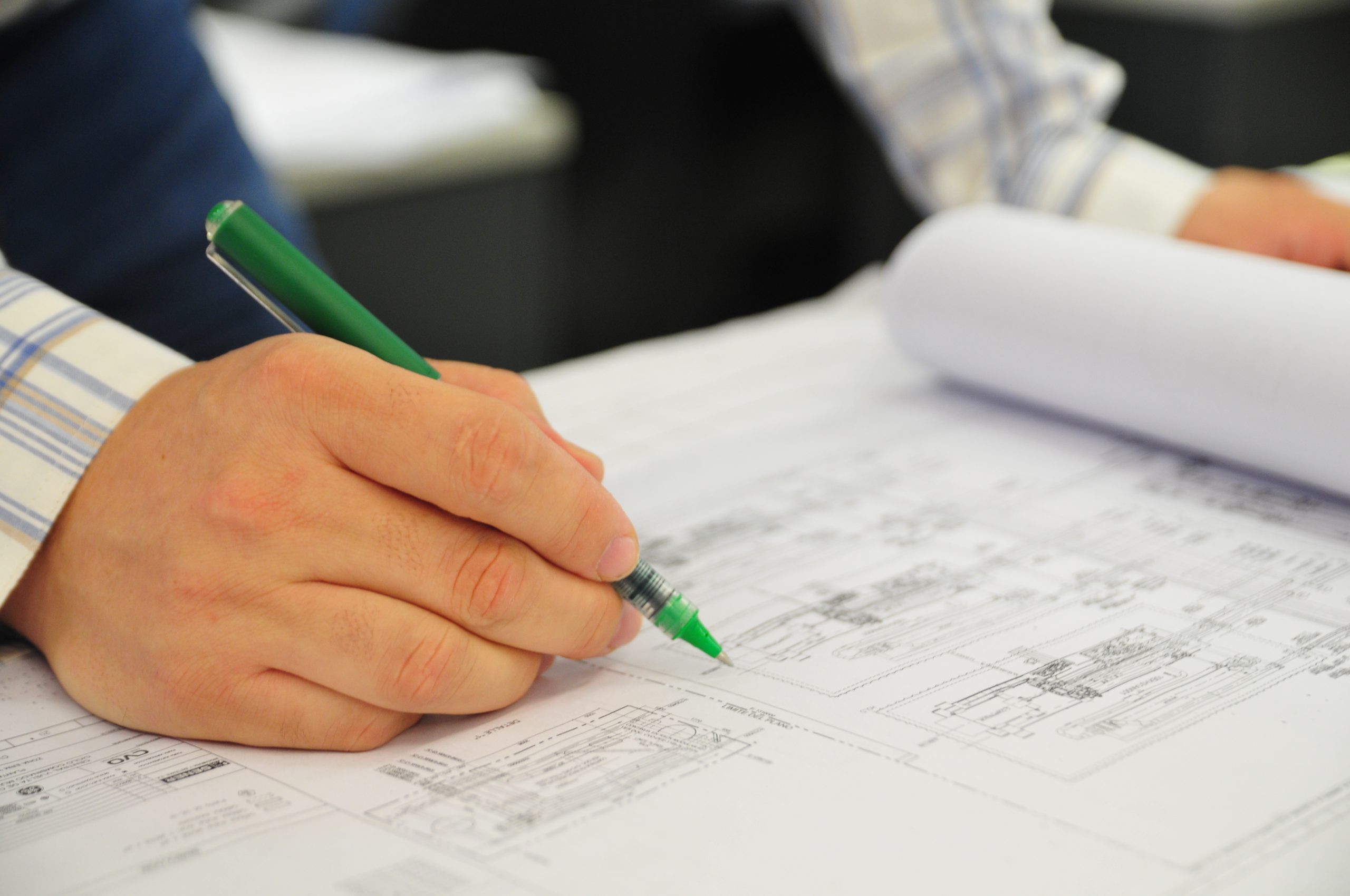













The Euclid probe is an ESA cosmological mission to study the nature of the dark universe – both its dark energy and its dark matter. To this end, the probe includes a telescope 1.2 m in diameter allowing it to make observations in the visible and near-infrared ranges, with ample bandwidth and spectroscopy. The objective is to investigate the distance-redshift relationship and the evolution of the cosmic structures by measuring shapes and redshifts of distant galaxies– observation looks back on 10 billion years of cosmic history.
Euclid will be launched in 2020 from Kourou, French Guiana in a Soyuz rocket and will maintain a Lissajous orbit around the solar system’s second Lagrangian libration point (L2), 1.5 million km from the Earth.
The mission will also involve a highly extensive exploration of extra-galactic space, employing various techniques, the most salient of which are WGL (Weak Gravitational Lensing) which consists of detecting dark matter through the bending of light by gravity, and BAO (Baryonic Acoustic Oscillations), a technique which allows regular fluctuations in the visible baryonic matter in the universe to be observed.
At Sener we are responsible for the design, production, integration, verification and validation of the deployment and gimbal mechanism for the High-Gain Antenna (HGA), the vehicle’s main antenna, which will allow Euclid to communicate with the tracking stations on Earth for the purpose of sending scientific data.
The project consists of developing a precision mechanism with three axes, one for deploying the antenna and the other two for pointing. Two radio signals are transmitted through the mechanism from the satellite to the antennas. The signals are K band for the high-gain antenna and X band for the low-gain antenna. The K band rotary joint and the actuator have been developed by Sener.
We develop the Secondary Mirror Refocusing Mechanism (M2M). The M2MM is a positioning mechanism with 5 degrees of freedom which allows the movement and adjustment of the secondary mirror (M2M) of the EUCLID telescope to guarantee the optical quality required in orbit, necessary to recover telescope misalignment caused by the difference in conditions between the earth and space.
In this first-level mission, at Sener we are the prime contractor for the satellite’s Attitude and Orbit Control System (AOCS/GNC). With the exception of the scientific payload, this is the spacecraft”s most complex system, and it needs to attain an unprecedented level of stability, approaching 75 milliseconds of arc in periods of over 11 minutes. To do so, it needs to perform start-up and shut-down operations on the reaction wheels each time there is an observation, which gives rise to a hitherto unimplemented wheel operation cycle. These levels of precision also require the use of a high-precision micro-propulsion system and a guidance sensor built into the telescope’s focal plane.
We are also responsible for the design, manufacture and testing of thirteen support units for the assembly of the large satellite comprising the Euclid probe. The company is developing this project under contract from Thales Alenia Space, the prime contractor of the space mission.
The essential sub-systems which form part of the Mechanical Ground Support Equipment (MGSE) are units which position the satellite on different surfaces. They incorporate additional mechanisms for keeping the structure in the desired position, even if there is a shift in the centre of gravity, as occurs when new elements are installed.
At Sener we are also to build a simulator of the Euclid satellite, simulating its dimensions, its mass and the position of its centre of gravity. In the heaviest configuration, the one used in the resistance tests, at 4.7 tonnes, the equipment’s mass is double that of the Euclid probe.
Contact us to find out how we can help you with your projects.

